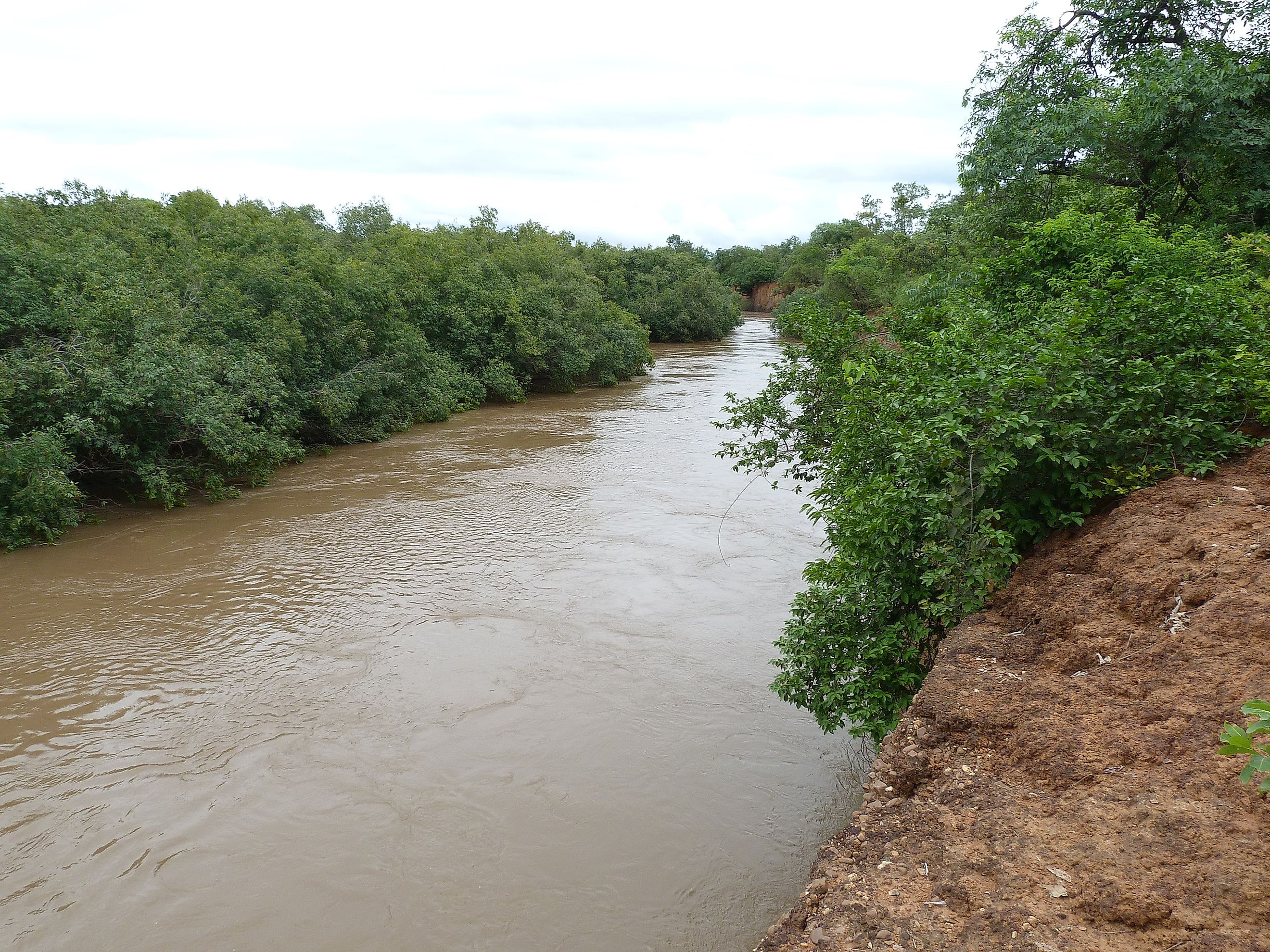
Faleme River
The Faleme River is an important tributary of the Senegal River in West Africa. The river flows for about 250 miles along the border between Guinea and Senegal, continuing to the border of Mali. The Faleme experiences a high amount of rainfall, particularly between May and October, because of the West African Monsoon. During the dry season, between December and June, the river has very little flow. During this time, people turn to gold panning on the river. The use of heavy metals, such as mercury, in the gold panning process has heavily polluted the river, making it an ecological disaster today.
Geography
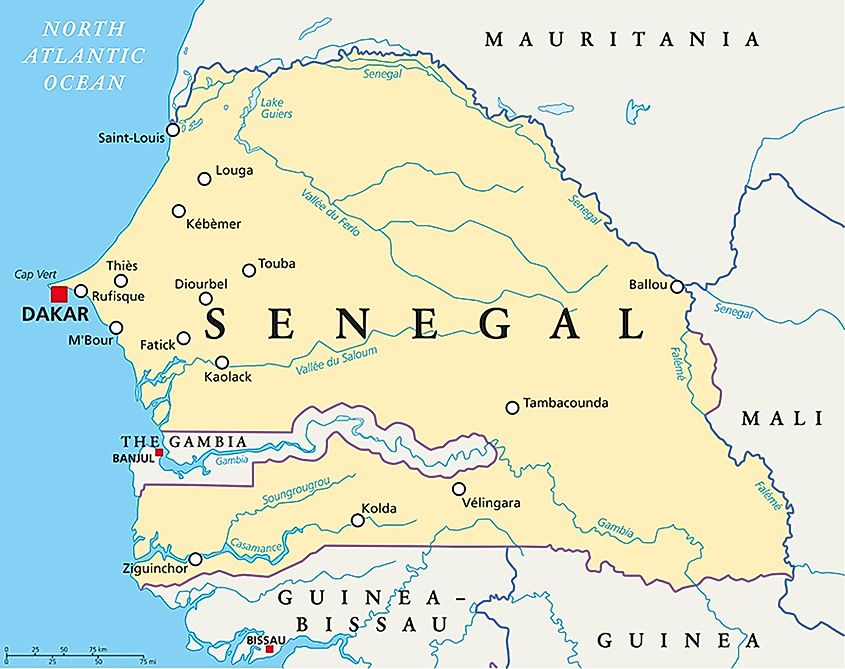
The Faleme River is a river in West Africa that flows along a short section of the border between Guinea and Senegal. Major towns situated along the river include Mali and Senegal. The river rises to northern Guinea, flowing northeast towards Mali. The river then turns northwest to form the Mali–Senegal border and joins the Senegal River upstream. In total, the river is roughly 250 miles long. There are rapids on the river; however, it is still partially navigable from July to September.
Basin
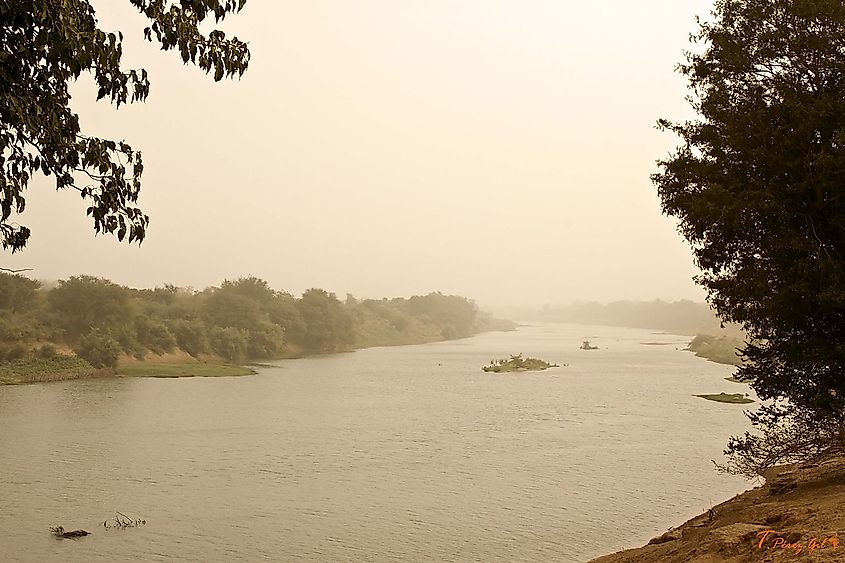
The source of the river sits at an altitude of around 800m in the northern part of the Fouta Djallon highlands. The Faleme is also fed by rainfall. Most of the rainfall feeding the river occurs between May and October because of the West African Monsoon. The monsoon is a result of the seasonal change in the intertropical convergence zone. The seasonal changes in rainfall make the flow of the river seasonal. The maximum flow of the Faleme is typically in September, after August, which is normally the wettest month. Between December and June, the river typically has very little flow. From 1904-1984 the average annual discharge of the river was 6.59 km3.
Gold Panning
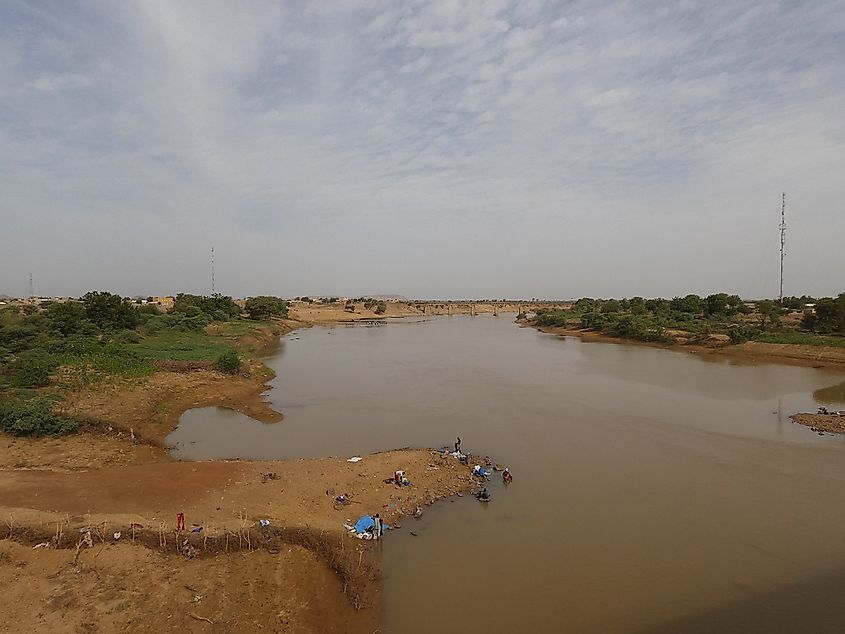
The river has some alluvial gold along its valley. During the dry months, when the river's water level is low, local people turn to small-scale gold panning. Larger companies also started dredging in the river, searching for valuable materials, such as gold.
Over the past few years, the expansion of gold mining in the area has polluted the river. While the water from the Faleme River used to be drinkable and full of fish, today, this is no longer the case. Foreign companies and some locals have polluted the river through gold panning and the use of heavy metals. In the mining process, people use heavy metals such as mercury to extract gold more easily from the river. Today these heavy metals pollute the Faleme River, making the water undrinkable.
Health Issues
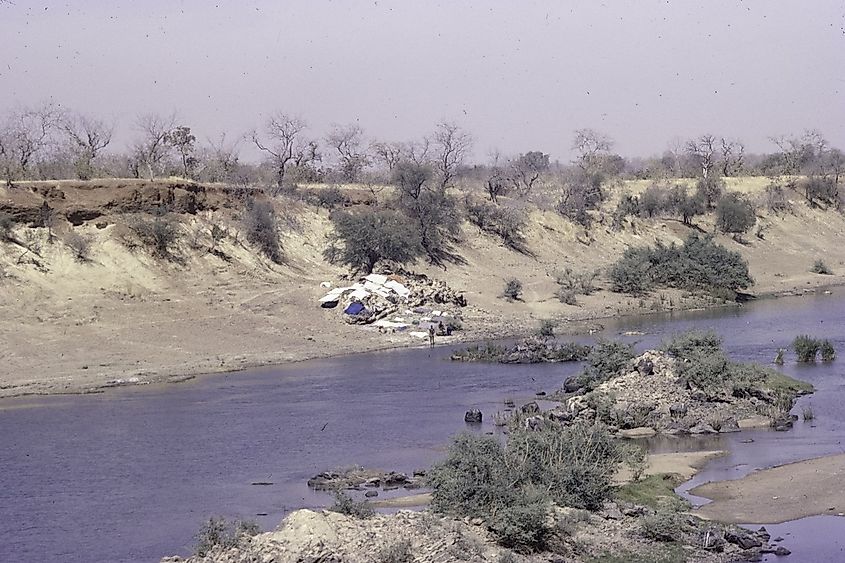
There are several studies documenting the presence of heavy metals in the Kédougou region of Senegal. One 2021 report noted the presence of heavy metals such as mercury, lead, and cadmium in well and city drinking water. While there are few current studies looking at the Faleme River, the river is the main tributary of the Senegal River. A sample taken by the BBC revealed the mercury concentration present in the Faleme River was more than twice the amount of the Senegalese standard. Today, the river has an opaque and orange appearance because of the heavy metals in the water. This has diverted people from using the river.
Government Solutions
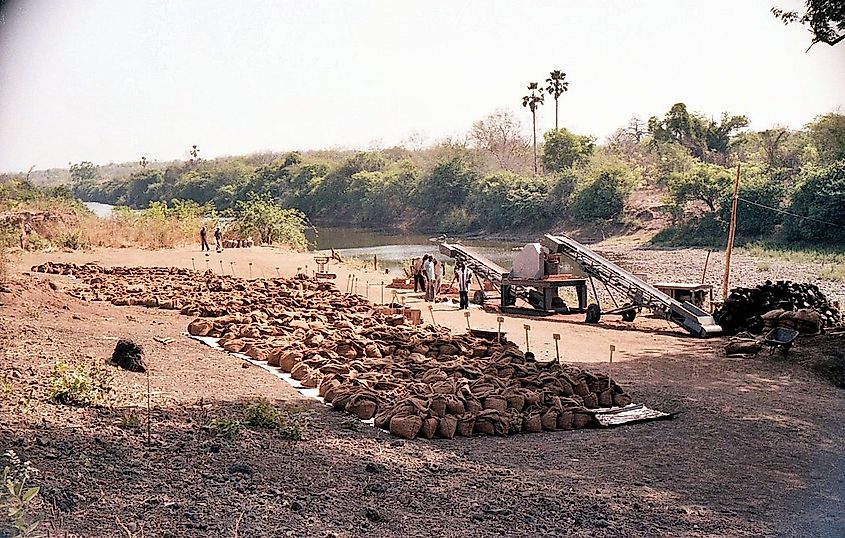
While the government is aware of the health issues the river poses, enforcing a solution and cleaning up the river has been difficult. While the defense and security forces would have been responsible for cleaning up the river, the scale of the river makes this impractical. Traffic issues, lack of accessibility, and the size of the river are other obstacles authorities face when implementing solutions. Since the river runs between the border of Senegal and Mali, either side can pollute the river. This means if people pollute the river on the Mali side, the efforts to clean up the river on the Senegal side will be irrelevant.
Conclusion
While the Faleme River has become an environmental disaster in recent years because of the expansion of gold panning, there are people still trying to save the river. A group known as the Organization for the Development of the Senegal River (OMVS) has several large-scale projects working to save the river. Some of their projects include a navigation project from Senegal to Ambidédji, a sizable hydroelectric component, and a revival of agriculture.
According to the OMVS, to save the Faleme River, states have to come to an agreement upstream. Some experts from the OMVS point out that the only way to save the Faleme River is by taking vigorous measures. These would include implementing heavy regulations that prohibit dredging and better-organizing gold panning to minimize the impact of the activities on the environment.











